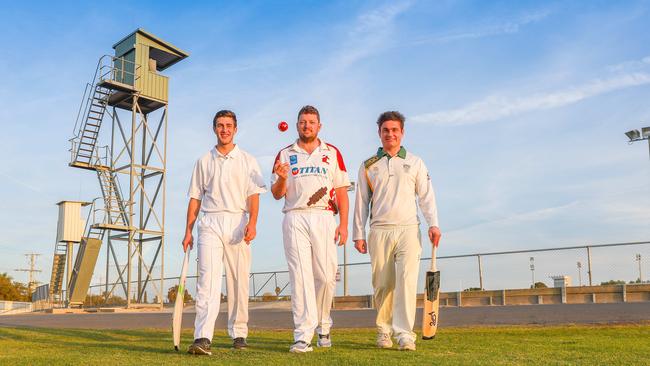Steve Smith made English cricketers sweat, now it’s climate change
A new report suggests climate change will force cricket to adapt long-held traditions.

It’s not just Steve Smith’s batting that has got the English cricket establishment hot under the collar — a new report by senior British academics suggests the game may have to adapt some of its long-held traditions because of the looming threat of climate change.
Warm weather has already rattled the English — upending convention at the home of cricket.
When the mercury spiked at Marylebone Cricket Club last summer, members were allowed to enter the pavilion at Lord’s without a jacket due to “abnormally warm temperatures”. But a new report — called Hit for Six — authored by professors from universities in Leeds and Portsmouth for the British Association for Sustainable Sport, suggests climate change will cause further upheaval.
The report, backed by the MCC and Lord’s, suggests for example it is only a matter of time before players start wearing short trousers.
As well as new heat rules and hydration breaks, cricket authorities should also review infrastructure in light of sea level rises, storm surges and flooding.
It also claims early moves to use solar panels to run Lord’s on 100 per cent renewable energy will need to be followed worldwide.
Cricket authorities should also consider an ICC climate disaster fund to support communities in vulnerable regions.
The wellbeing and livelihoods of amateur players, facing the extreme heat of India or Caribbean hurricanes, is intertwined with the future of the game, the report has found.
Gol Gol Workers cricket captain Adam Thomson said the club in NSW’s far southwest will consider suspending games if temperatures are forecast higher than 43C — but he’s played in 44C after one incorrect forecast.
“Once you’re out there you’re concentrating on the game, not the weather,” he said.
Mr Thomson said he hadn’t noticed any difference in match-time temperatures over the past 10 years.

The Hit for Six report highlighted the 2017-18 Ashes series in which England captain Joe Root was hospitalised in Sydney suffering a viral gastroenteritis bug in soaring temperatures.
Research for the 38-page document finds batsmen and wicketkeepers are at most risk of overheating.
Australia was singled out for high praise for laying out heat rules that other countries may have to follow.
“Clothing could have to change to allow particularly batsmen to evaporate sweat more easily,’’ the report says.
“The political risk coming from the increasing competition for water resources, to keep playing fields green, but also sustain populations, must be navigated.
“And young people, more susceptible to heat, will need special care and attention when playing the game.”
Russell Seymour, sustainability manager for the MCC at Lord’s said the report underlined the danger of increasing heat to players at all levels of the game, but especially young players.
Lead author Mike Tipton said he didn’t see the same level of threat from heat in the UK compared with India or Australia but said it would still have an impact on the game in England.
“England doesn’t see the same heat and humidity as India, so even higher temperatures won’t have the same physiological impact on cricketers,” he said.
Cricket Australia has instituted a heat policy including extra drink breaks and the ability to suspend matches until it is considered safe to play. It said a simple cut-off temperature was not appropriate.




To join the conversation, please log in. Don't have an account? Register
Join the conversation, you are commenting as Logout